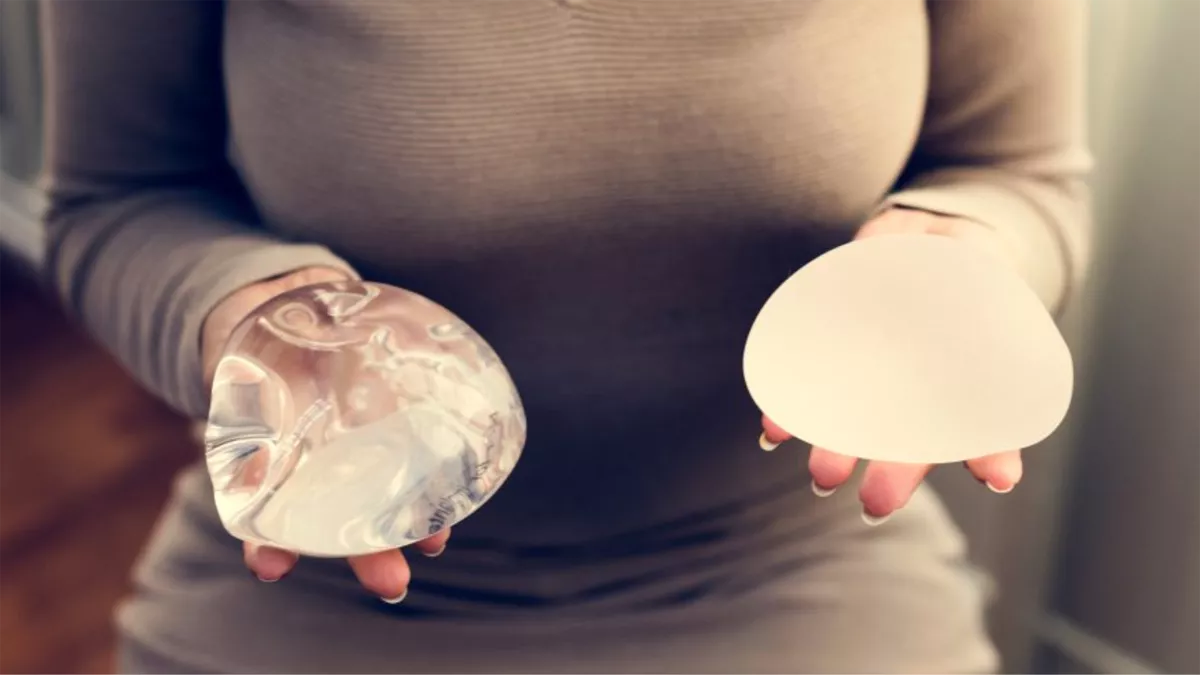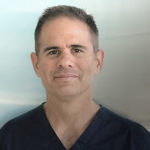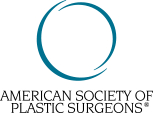
Posted by Laurence Weider on October 11, 2023
Explant surgery, or breast implant removal, is a procedure that addresses various physical and cosmetic concerns related to breast implants. This article provides answers to frequently asked questions about the procedure, its effects, and considerations.
1. Fluffing After Explant Surgery
Fluffing refers to the process where breast tissue re-expands or recoils to its pre-implant size following explant surgery. This typically occurs over several weeks to a few months. The degree of fluffing varies based on factors such as age, weight fluctuations, skin elasticity, and the amount of natural breast tissue. While some patients notice changes quickly, others may require more time for their breasts to adjust.
2. Rib Pain After Implant Removal
Rib pain is a potential side effect of capsulectomy, a procedure that involves removing the implant and its surrounding capsule. In cases where the implant is placed under the muscle (submuscular), the capsule may adhere to the rib surface, leading to post-surgical discomfort. This pain is usually temporary, subsiding within a few weeks to months.
To alleviate discomfort, long-acting anesthetics like Exparel can be administered during surgery. Exparel provides localized pain relief and may also be used in nerve blocks to enhance comfort during recovery. However, not all patients experience rib pain following explant surgery.
3. Flat After Breast Implant Removal
Breasts often undergo noticeable changes after implant removal, which vary based on individual factors and the duration implants were in place. Common outcomes include:
- Deflation: Breasts may appear less full or “deflated” after implant removal, particularly if implants were large or natural breast tissue is minimal.
- Sagging: Prolonged use of implants may lead to sagging, especially if the skin has stretched significantly. In such cases, a breast lift may be recommended to reposition the breasts and nipples while addressing asymmetries.
- Scarring: The extent of scarring depends on the location of previous incisions and the techniques used for implant removal. For instance, if implants were placed through an inframammary incision, the same site is often used for removal to minimize additional scarring.
- Natural Shape Restoration: Over time, the breasts may regain a more natural shape and size as the skin retracts and the tissue adjusts. This process can take several months, with potential enhancement through additional procedures like fat grafting or lifts.
4. Leaving Capsules Intact During Explant
The management of the implant capsule during explant surgery is a significant decision. Several approaches exist:
- Leaving the Capsule Intact: In cases where implants are intact and not leaking, the simplest method is to remove the implants while leaving the capsule in place. Although this reduces recovery time, it may lead to fluid accumulation (seromas) in the future or leave behind inflammatory tissue.
- Partial Capsulectomy: This approach removes only a portion of the capsule, promoting healing and reducing the risk of seromas. Studies suggest that symptom improvement with partial capsulectomy can be comparable to total capsulectomy in some cases.
- Total Capsulectomy: Involves complete removal of the capsule and is often chosen when silicone implants have leaked or when comprehensive removal of tissue is desired. While this method ensures the removal of potential contaminants, it may involve a longer recovery period, especially if the capsule adheres to the rib surface.
5. Breast Implant Illness (BII) and Explant Surgery
Breast Implant Illness (BII) refers to a collection of symptoms potentially linked to breast implants. Although no definitive scientific evidence establishes a cause-and-effect relationship, many women report symptom relief after explant surgery and capsulectomy. Common symptoms associated with BII include:
- Fatigue
- Joint pain
- Hair loss
- Brain fog
- Dry skin
- Rashes
In clinical observations, over 80% of patients who undergo implant and capsule removal report at least partial symptom improvement, with many experiencing transformative relief.
Considering Explant Surgery
Explant surgery is a highly individualized decision, and outcomes depend on personal goals and medical considerations. If you have questions about the procedure or wish to discuss your options, you can contact our office at (972) 566-8444 or email info@drweider.com for further assistance.
Our comprehensive approach ensures patients receive the necessary information to make informed decisions about their health and well-being.
Dr. Weider, a native of Southern California, is a Board-Certified Plastic Surgeon who has maintained a private practice in Dallas, TX since 1999. After attending Stanford University, he obtained his medical degree (M.D.) from Baylor College of Medicine in Houston. He then completed a one year surgical internship in Los Angeles at Harbor-UCLA Medical Center, followed by a four year general surgery residency in Dallas at Methodist Medical Center, and a two year plastic surgery fellowship in Cleveland at Case Western Reserve University.







